- Have any questions?
- +86-189 8930 5995
- sales@mosinterchem.com.cn
tert-Butyl methyl ether CAS 1634-04-4

Methylcyclopentadiene manganese tricarbonyl MMT CAS 12108-13-3
28/12/2018
Cyclopentadienyl Manganese Tricarbonyl CMT CAS 12079-65-1
28/12/2018| Model: | MOS 1634-04-4 |
| Brand: | MOSINTER |
| Name: | tert-Butyl methyl ether |
| Density: | 0.75g/cm3 |
| Boiling point: | 55.2°C at 760 mmHg |
| Melting point: | -110℃ |
| Flashing point: | 1.375 |
| Water solubility: | 51 g/L (20℃) |
| Alias: | Methyl-tert-butyl ether |
MTBE CAS:1634-04-4
Basic Information
Methyl tert-butyl ether (also known as MTBE, tert-butyl methyl ether,
tertiary butyl methyl ether and tBME) is an organic compound with molecular
formula (CH3)3COCH3. MTBE is a volatile, flammable, and colorless liquid
that is sparingly soluble in water. It has a minty odor vaguely reminiscent of diethyl
ether, leading to unpleasant taste and odor in water. MTBE is a gasoline additive,
used as an oxygenate to raise the octane number. Its use is controversial in the US
and declining in use in part because of its occurrence in groundwater and legislation
favoring ethanol. However, worldwide production of MTBE has been constant at about
18 million tons/y (2005) owing to growth in Asian markets which are less subject to
ethanol subsidies.
Production and properties
MTBE is manufactured via the chemical reaction of methanol and isobutylene.
Methanol is derived from natural gas, and isobutylene is derived from butaneobtained
from crude oil or natural gas, thus MTBE is derived from fossil fuels. In the United States,
it was produced in very large quantities (more than 200,000 barrels (32,000 m3) per
day in 1999) during its use as a fuel additive.
Uses
MTBE is almost exclusively used as a fuel component in fuel for gasoline engines. It is
one of a group of chemicals commonly known as oxygenates because they raise the
oxygen content of gasoline.
As anti-knocking agent
In the US it has been used in gasoline at low levels since 1979 to replace tetraethyl
lead and to increase its octane rating helping prevent engine knocking. Oxygenates help
gasoline burn more completely, reducing tailpipe emissions from pre-1984 motor vehicles;
dilutes or displaces gasoline components such as aromatics (e.g., benzene) and sulfur; and
optimizes the oxidation during combustion. Most refiners chose MTBE over other
oxygenates primarily for its blending characteristics and low cost.
Alternatives to MTBE as an anti-knock agent
Other compounds are available as additives for gasoline including ethanol and some
ethers such as tert-amyl methyl ether (TAME).
Ethanol has been advertised as a safe alternative by the agricultural and other interest
groups in the USA and Europe. In 2003, California was the first U.S. state to start replacing
MTBE with ethanol. Several other states started switching soon thereafter.
Advocates of both sides of the debate in the United States sometimes claim that gasoline
manufacturers have been forced to add MTBE to gasoline by law. It might be more correct to
say they have been induced to do so, although any oxygenate would fulfill the law.
An alternative to straight ethanol is the related ether ETBE, which is manufactured from
ethanol and isobutene. Its performance as an additive is similar to MTBE, but due to the higher
price of ethanol compared to methanol, it is more expensive.
Higher quality gasoline is also an alternative, so that additives such as MTBE are unnecessary.
Iso-octane itself is used. MTBE plants can be retrofitted to produce iso-octane from isobutylene.
As a solvent
As a solvent, MTBE possesses one distinct advantage over most ethers – it has a reduced tendency
to form explosive organic peroxides.[citation needed] Opened bottles of diethyl ether or THF can
build up dangerous levels of these peroxides in months,[citation needed] whereas samples of
MTBE are usually safe for years (but they should still be tested periodically). For this reason, as well
as its higher boiling point, MTBE is extensively used as a solvent in industry, where safety concerns
and regulations make working with diethyl ether, THF, or other ethers much more difficult and
expensive. However, despite the popularity of MTBE in industrial settings, it is rarely used as a
solvent in academia with some exceptions.
Although an ether, MTBE is a poor Lewis base and does not support formation of Grignard reagents.
It is also unstable toward strong acids. It reacts dangerously with br0mine.
MTBE forms azeotropes with water (52.6 °C; 96.5% MTBE) and methanol (51.3 °C; 68.6% MTBE)
You must be logged in to post a review.

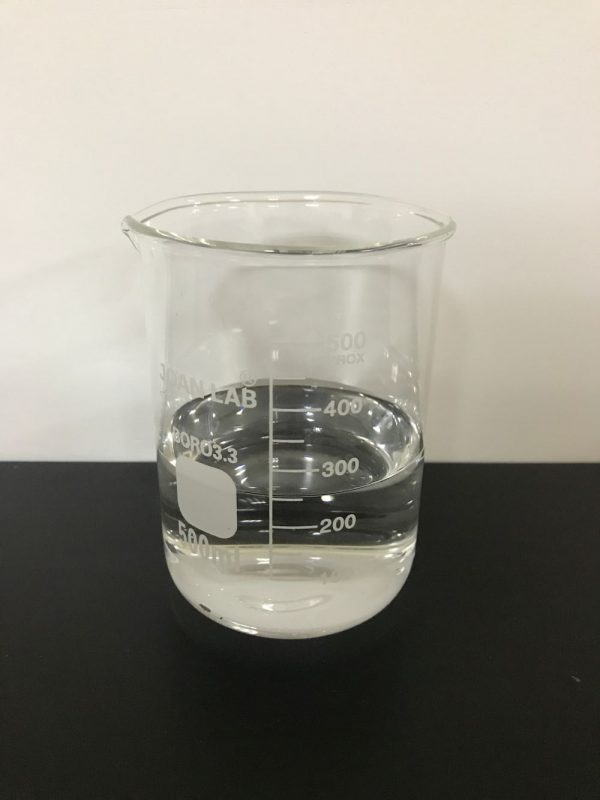
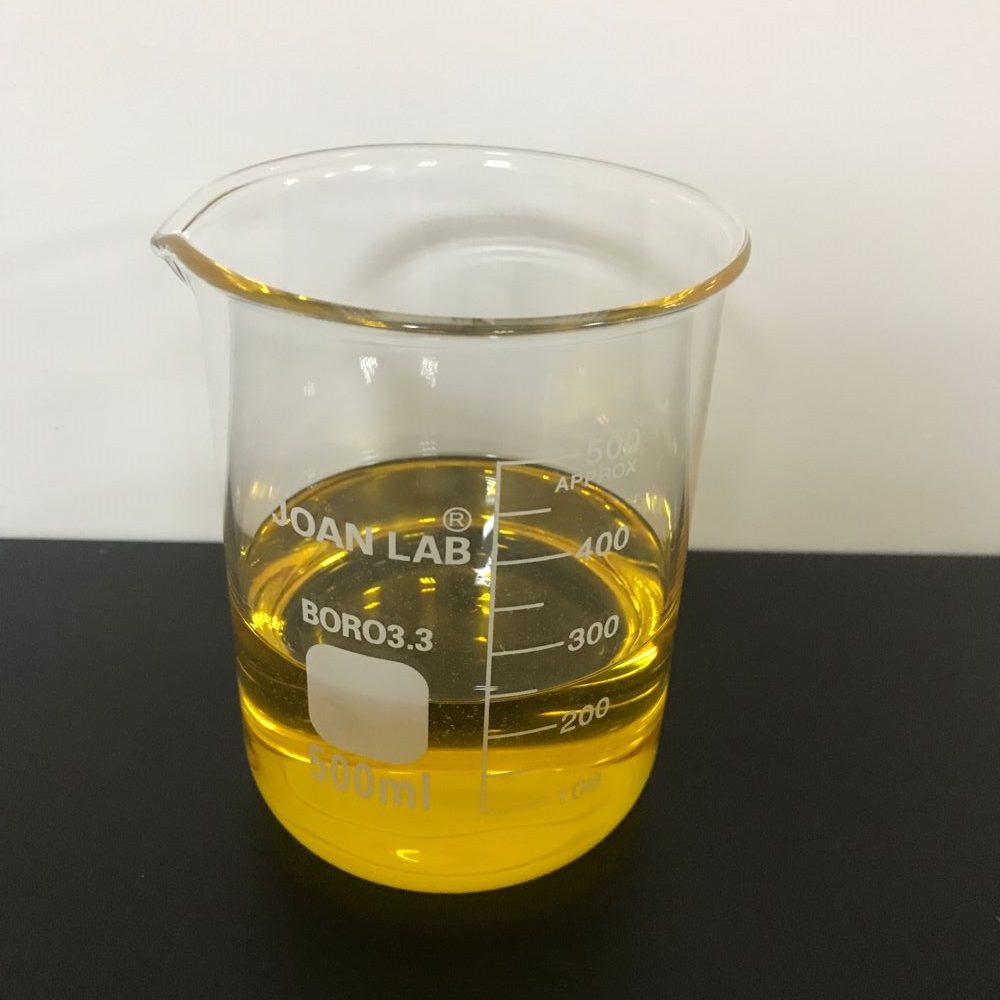
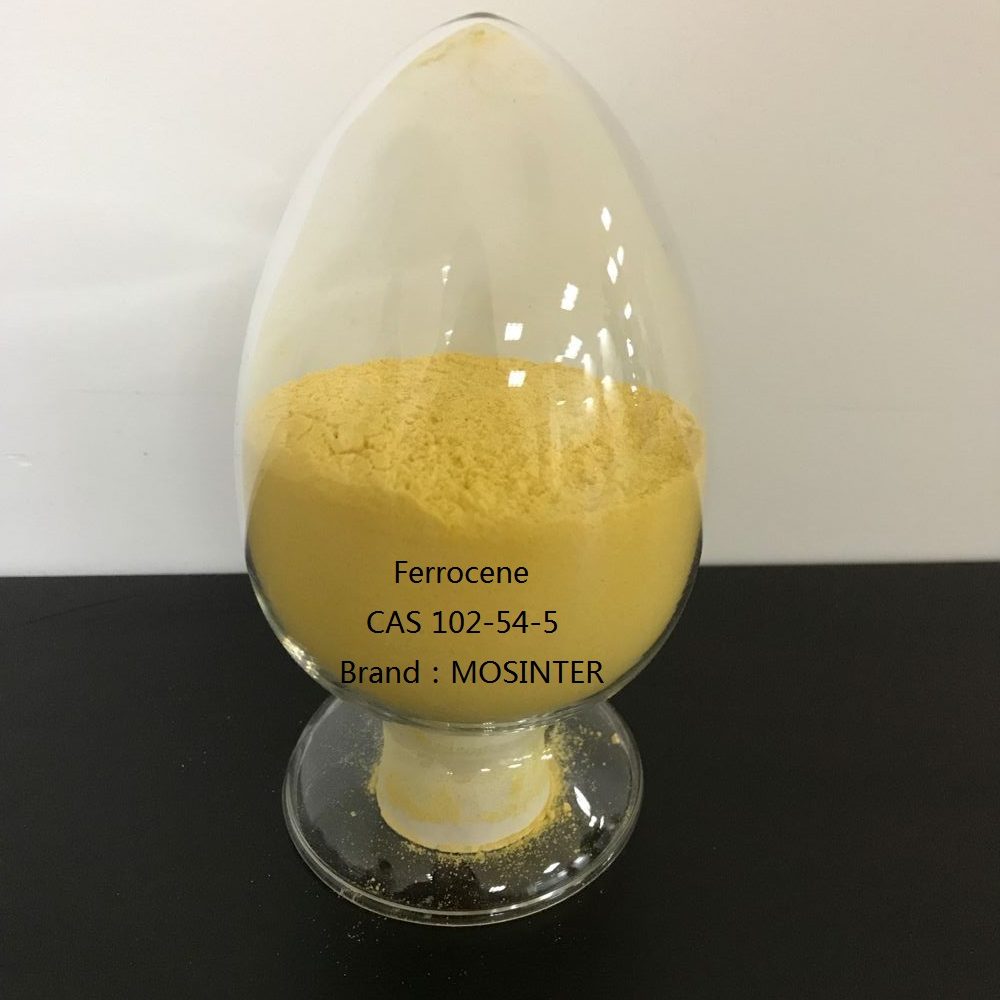
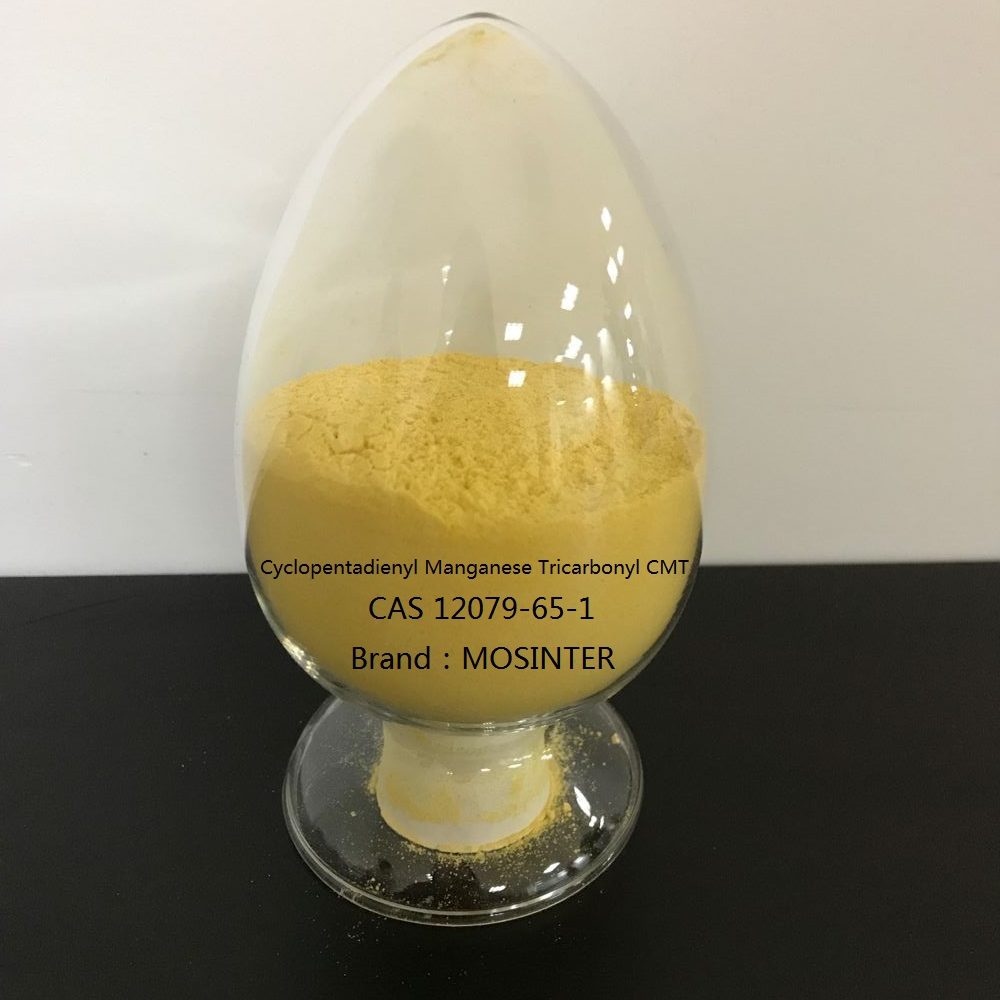
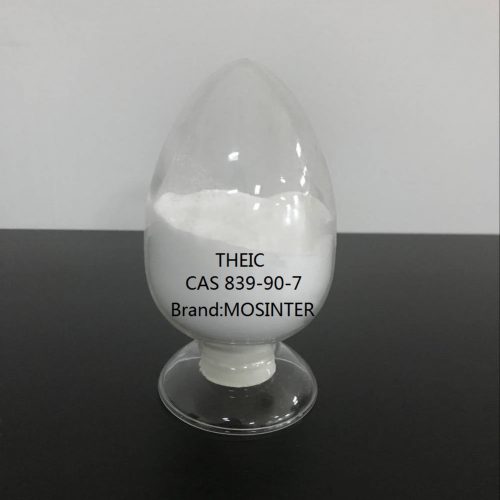
Reviews
There are no reviews yet.